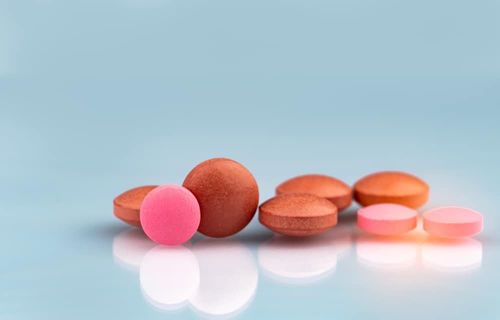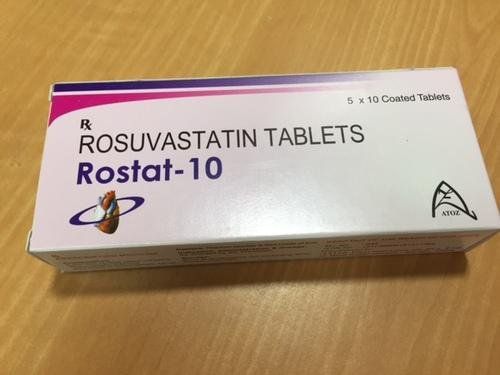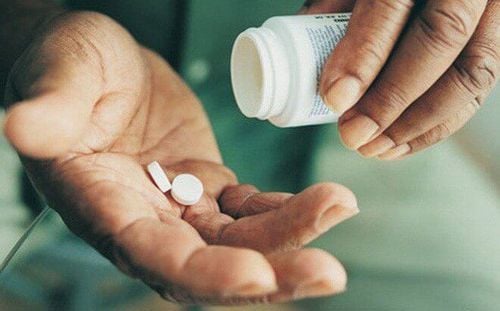This is an automatically translated article.
Colestid is a prescription medication used in the treatment of symptoms of hyperlipidemia leading to high cholesterol. Colestid will be used with a proper diet to lower blood cholesterol levels. In the process of taking Colestid, it is necessary to pay attention to the dose used and the side effects of the drug.
1. What is Colestid? Side effects of Colestid
Colestid belongs to the group of drugs to treat lipid disorders or to inhibit bile acids. Colestid will work by removing bile acids from the body. In people with high cholesterol, Colestid helps the liver make more bile acids from cholesterol in the blood, thereby lowering blood cholesterol levels. Colestid is effective in reducing the "bad" cholesterol in the blood, also known as LDL cholesterol - a low-density lipoprotein. Colestid will be used with an appropriate diet to lower blood cholesterol, thereby helping to reduce the risk of stroke and heart attack.
In addition, Colestid also supports the treatment of bowel disease due to increased bile acid in the intestine after some surgeries. Treatment of pruritus due to partial obstruction of the biliary tree (itching caused by accumulation of bile acids in the body).
Thus, Colestid is indicated as combination therapy with diet in the management of patients with hypercholesterolemia. Especially in subjects who did not respond to the adjusted diet. Colestid can be used alone or in combination with lipid-lowering groups.
In addition to a scientific and reasonable diet, such as a diet to reduce fat or cholesterol, lifestyle changes include exercise, weight loss if overweight and obesity and immediately stopping the habit. Smoking can help Colestid work better.
2. How to use Colestid and dosage
Colestid should be taken by mouth and as directed by your doctor. Usually 1-2 times per day. If the dose is more than one, take it one at a time. Do not try to swallow more than one tablet at a time. When taking, swallow the tablet whole, instead of chewing it. If the patient has difficulty swallowing the tablet whole, consult a doctor.
The dose of Colestid is based on medical condition and response to treatment. To reduce the risk of side effects, your doctor may recommend starting at a low dose and gradually increasing the dose to see how your body responds to the medication. Follow your doctor's instructions for good results.
Colestid may decrease the absorption of other drugs. Usually, other medicines should be taken at least 1 hour before or 4-6 hours after taking Colestid as directed by your doctor. Take Colestid regularly and exactly as directed to get the best benefits from it. The medicine should be taken at the same time each day.
Can refer to use according to the dose of Colestid as follows:
Tablets: take 2 tablets (2g) once a day or divided into two doses every 12 hours. Increase dosage to 2g over a period of 1 or 2 months and take no more than 16g/day. Recommended granular dosage: 5-30 grams taken once or twice daily. Dosage should be started at 5 grams orally once or twice daily, maintained for a period of one month and titrated to no more than 30g/day. If the desired therapeutic effect is not achieved with a dose of 5-30g per day, consider changing the combination therapy or alternative therapy.
3. Possible side effects of Colestid
Go to the hospital immediately if you have any signs of an allergic reaction such as: rash, hives, dermatitis, difficulty breathing, swelling of your face, lips, tongue or throat. These may be side effects when taking Colestid that need attention and attention.
Call your doctor right away if you have any of the following serious side effects, including:
Difficulty swallowing Severe constipation or stomach pain Stools that may be black, bloody, or tarry The body is prone to bruising or bleeding, muscle or joint pain, loss of appetite. The more common side effects of Colestid include:
Mild or infrequent constipation Ợ gas, heartburn, indigestion, bloating Diarrhea Hemorrhoids may get worse or irritate the rectum Headache, dizziness, drowsiness Muscle pain, joint pain, back pain.
4. Notes to know before taking Colestid
Colestid has serious interactions with the drug Mycophenolate, so be aware.
Colestid has a moderate interaction with drugs including: Cholic Acid, Digoxin, Doxercalciferol, Lomitapide, Obeticholic Acid, Odevixibat, Omadacycline, Paricalcitol, Sarecycline, Vitamin D.
Colestid has minor interactions with at least 59 other drugs.
Contraindications to the use of Colestid in the following cases:
Hypersensitivity to Colestid or any other ingredient in the drug People with intestinal obstruction. due to vitamin K deficiency.
Colestid may interfere with fat absorption and reduce the absorption of fat-soluble vitamins such as vitamins A, D, E, K. Or it may worsen pre-existing constipation of the patient, if present.
Pay attention to take other drugs 1 hour before or 4 hours after taking Colestid. If triglycerides increase significantly, consider reducing your dose, stopping medication, or consulting your doctor.
For pregnant and lactating women: Colestid should be used with caution if the potential benefit outweighs the potential harm during pregnancy or lactation. Because colestid may interfere with the absorption of vitamins in infants.
Above is information as well as the effect of Colestid to help users better understand the benefits and side effects of the drug. In the process of using Colestid, it is necessary to pay attention to the notes when taking drugs and drug interactions.













